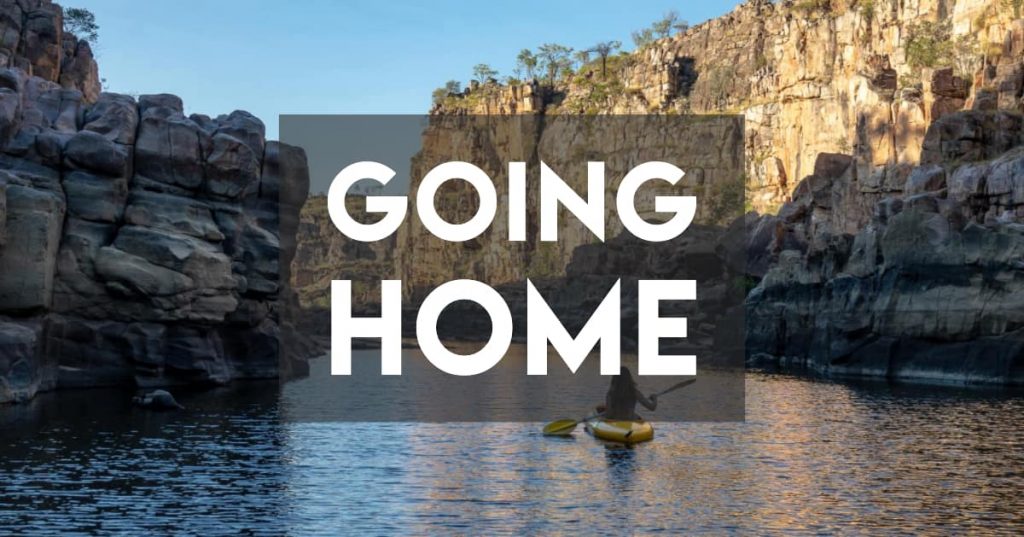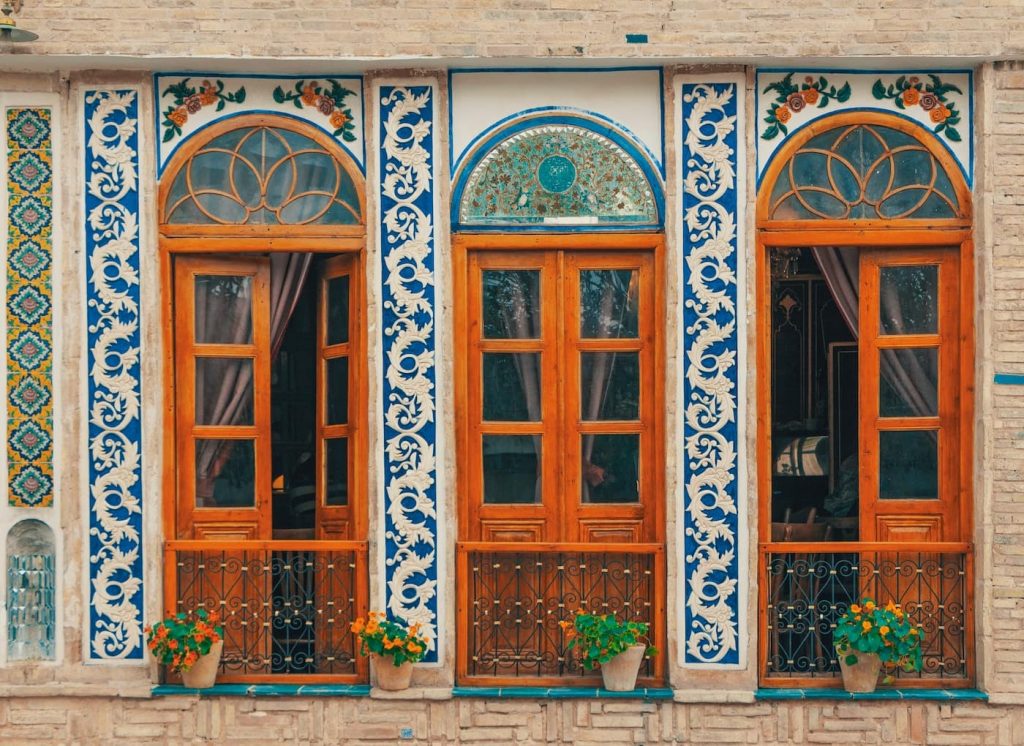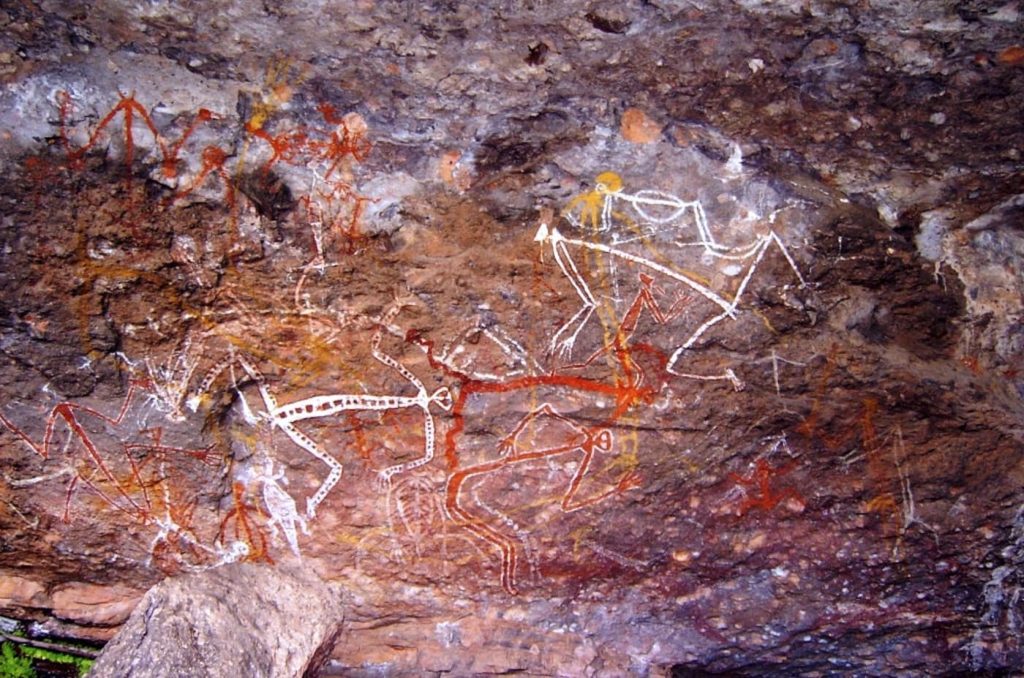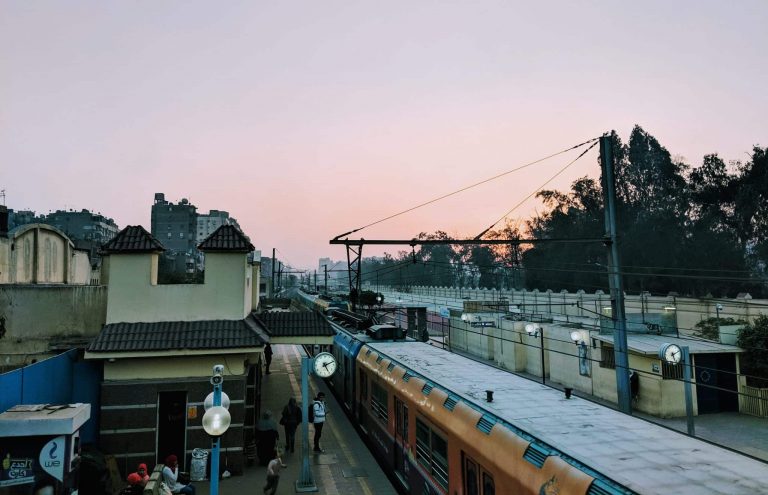2020: The year of “Going Home”
No, we’re not packing up. But it’s time to get in touch with our cultural heritage, in Korea, in Iran, and in Australia.

Travelling the world to unfamiliar places in the Middle East, Africa and Latin America brings us closer to foreign cultures, but also reminds us how much we have to learn about our own — both the places we grew up (Australia and the USA), and our own cultural heritage (Korean and Persian).
We also meet countless visitors who’ve spent months in those places, reminding us each time how much we have to learn about places to which we’re directly connected. All our lives we’ve said “one day”. Well, 2020 is that day.
Contents
Learning Korean in Korea (South*)
Jo is a
First, to clear things up Jo’s family is definitely from South Korea. Whenever Jo says her family is from Korea, people immediately ask “South or North?” I understand why of course. People see North Korea much more in the news. They want to say something educated, so they ask to get specific, much like how I ask people “oh, where in Germany are you from?” desperately hoping for it to not be some tiny town (why is it always some tiny town?).
Many people are not aware that they will almost definitely never meet a North Korean in their lifetime, due to poverty, restrictions on movement, and economic sanctions. So yeah, we’re talking South, so stop thinking of Kim Jong Un looking at things.

The main reason Jo wants to get better at Korean is to connect better with her family and her own cultural heritage. But that’s not the only reason we’re going to Korean and learning the language!
Firstly, Korea is objectively a pretty great place to live. The internet is wicked fast. The food is fantastic. The public services are great. And it’s not prohibitively expensive to live there — a quick glance at
Secondly, I’m interested in broadening my Asian language repertoire. I do have a long-term goal of learning Japanese, but that’s harder, whereas the hardest part about Korean is the lack of homonyms with any other language I know (well, a few with Mandarin). So, Korean isn’t that hard.
Thirdly, Korea is full of natural beauty. There are so many national parks and beautiful hiking trails! Also, the women are hot. Well, one woman, and she’s not in Korea yet…
Finally, Korea (even Seoul) doesn’t have to be expensive. You can get a pretty good apartment for US$1,000 a month, and food for about the same. It’s not “cheap”, but you can live decently (including with great internet access) for a short term without breaking the bank.
Learning Persian, and visiting Iran (… or nearby)

I’m of Persian background and grew up speaking Persian in the home.
However, despite some sporadic attempts, my Persian is one of my weaker languages. I can’t have a broad-ranging conversation on a wide variety of topics, something I like to do in every language I speak. Even in Swahili, my most recent language, my conversations with my tutor Phillip quickly went pretty deep, into the meaning of life and happiness!
Jo wants to support me by also learning Persian (also enabling her to impress my extended family).
The problem is, we can’t go to Iran. The reasons for this are many
- I was raised a Baha’i. While I don’t identify with it any more, the Baha’i faith is illegal in Iran. Baha’is are considered “Zionist Spies”.
- I have travelled to conflict zones not recognized by Iran for work. I have consulted for companies that have offices in Tel Aviv. This, coupled with my Baha’i background, doesn’t look good for Iran. On top of that, I have spent time in places Iran has problems with, like America, Egypt and so on.
- We are “journalists”. You’re reading this. It contains opinions on Iran. That’s enough.
- I was previously detained in Iran. I’m in their system, and I can’t fly undercover.
- Jo is American. Americans can currently only travel to Iran with a 24/7 guide, which means in registered hotels and on tours. It’s doable, but what we’re envisaging (a three-month stay to study at a university) just isn’t possible.
So, Iran is out. But there are other places that speak Persian.
Top of the list is Dushanbe, capital of Tajikistan. Even though the flavour of Persian used colloquially in Tajikistan is different to Iran’s (it has Russian words in it, and it is written in the Cyrillic alphabet), there are schools dedicated to teaching Persian that are more comprehensive.
However, even though you can learn Persian in Dushanbe in one of the big schools, the reality is that most people in Dushanbe speak a mix of Persian, Russian, and Uzbek. People of different generations and education levels have varying knowledge about Persian and may not use it colloquially on the street, preferring Russian for example.
If we did want to go to a school in Dushanbe, we’d pick the American Councils “Eurasian Regional Language Program”, which costs US$13,600 for a semester, or $5,800 for the summer program. In this program, they teach you Tehrani Persian, which is awesome, although not so useful for communicating with the Tajiks out on the street.
We’ve also considered Afghanistan. But in 2019 the security situation even in Kabul seems to be getting worse and worse per our contact on the ground… So that’s out of the question for now.
So what will we so? Likely a combination of two things: a) learn Persian from the best resource on the world… My parents! That, coupled with italki (tutors from Iran, from as little as $5 an hour for well-rated ones) and a few solid textbooks, should get us pretty far.
And b) in 2020 we’ll travel to Tajikistan and the nearby Persian-speaking regions, getting as close to Iran as possible.
Finally, c), Jo might make a guided visit with an escort. If she can, she may as well!
Australia… the Aboriginal People’s Parts

The final part of “returning home”, at least for me, is to connect with the Aboriginal parts of Australian culture.
A little background: unsurprisingly, Aboriginal people are a minority in Australia, little-understood by the vast majority of people, and heavily marginalised.
Aboriginal people (which is the preferred way in which non-Aboriginal people should refer to them) represent over 2% of the total population of Australia, but many people in major cities will rarely meet an Aboriginal person. There are larger indigenous communities in cities like Katherine (NT), Warrnambool (Vic) and Alice Springs (also NT), however.
When asked to name a few famous tribes, many Australians will readily name the Cherokee, a North American tribe, or the Maasai, an African tribe. Both of those are large and well-known. But most (including me) would be unable to name even a couple of local Australian tribes. And this shouldn’t be the case!
The way we’ll learn about this culture will be a mixture of living in or near Aboriginal communities, and getting educated. A few big universities around Australia have courses in Aboriginal languages. For example, Charles Darwin University has a well-regarded program in Yolŋu Matha, the language group of the people of Arnhem Land.
Honestly, this part of the journey is the most exciting to me as well as the most intimidating. I’m not even really sure how to start. It’ll be fun to find out.






